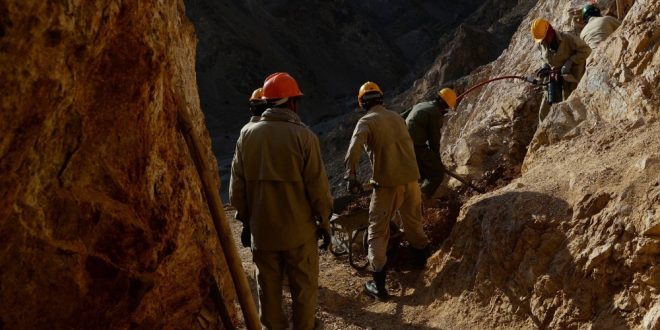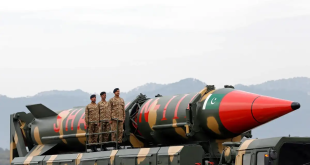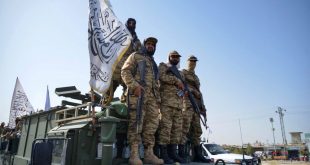KABU – Afghanistan is intensifying its efforts to extract and export Afghanistan’s vast mineral resources, aiming to counter the economic impact of Western sanctions while consolidating control over its wealth. Recent announcements highlight a surge in activity, with the government signing over $1.2 billion in contracts in November 2024 and 167 additional deals for smaller mining projects in the past year.
The leadership of the Ministry of Mines and Petroleum underwent a significant change in July when Hedayatullah Badri replaced Shahabuddin Delawar as acting minister. Badri, a seasoned Taliban figure with ties to the insurgency’s financial operations, has prioritized larger foreign investments while promising transparency. Under his leadership, deals such as a $1 billion natural gas extraction project in Bamyan Province and progress on the Ghorian Iron Mine have brought renewed momentum to the mining sector.
On the local level, smaller mines are being used to generate employment and provide much-needed revenue. In Panjshir Province alone, the government claims 10,000 miners are operating in 550 emerald mines, with regular auctions channeling 10% of revenues directly to state coffers. Nuristan Province has begun gemstone auctions, a model the government hopes other mineral-rich regions will replicate.
International partnerships remain central to the Taliban’s strategy. The Chinese-operated Amu Darya oil field continues to expand, while a proposed refinery in Balkh Province hints at collaboration with Iran. Coal revenues have also increased, driven by reduced customs taxes and growing exports to energy-starved Pakistan.
Despite these advancements, major projects such as the Turkmenistan-Afghanistan-Pakistan-India (TAPI) natural gas pipeline and the Mes Aynak Copper Mine face daunting challenges. TAPI struggles with economic feasibility and regional political hurdles, while Mes Aynak lacks critical infrastructure like smelters and reliable transportation. The Taliban’s limited progress on these flagship projects underscores the difficulty of transforming Afghanistan into a mining powerhouse.
While the government has reported $100 million in mining revenues over the past year, transparency around earnings has decreased since Badri took charge. The secrecy has fueled speculation that revenues may be enriching senior officials rather than being reinvested into national infrastructure. Afghanistan’s aging transport and power networks further constrain its ambitions, leaving self-sufficiency a distant goal.
For now, the Taliban’s resource extraction strategy is providing vital funds to maintain governance and stability. However, without substantial foreign investment and infrastructure development, the limits of the regime’s economic potential are becoming increasingly apparent.
 Afghanistan Times
Afghanistan Times




